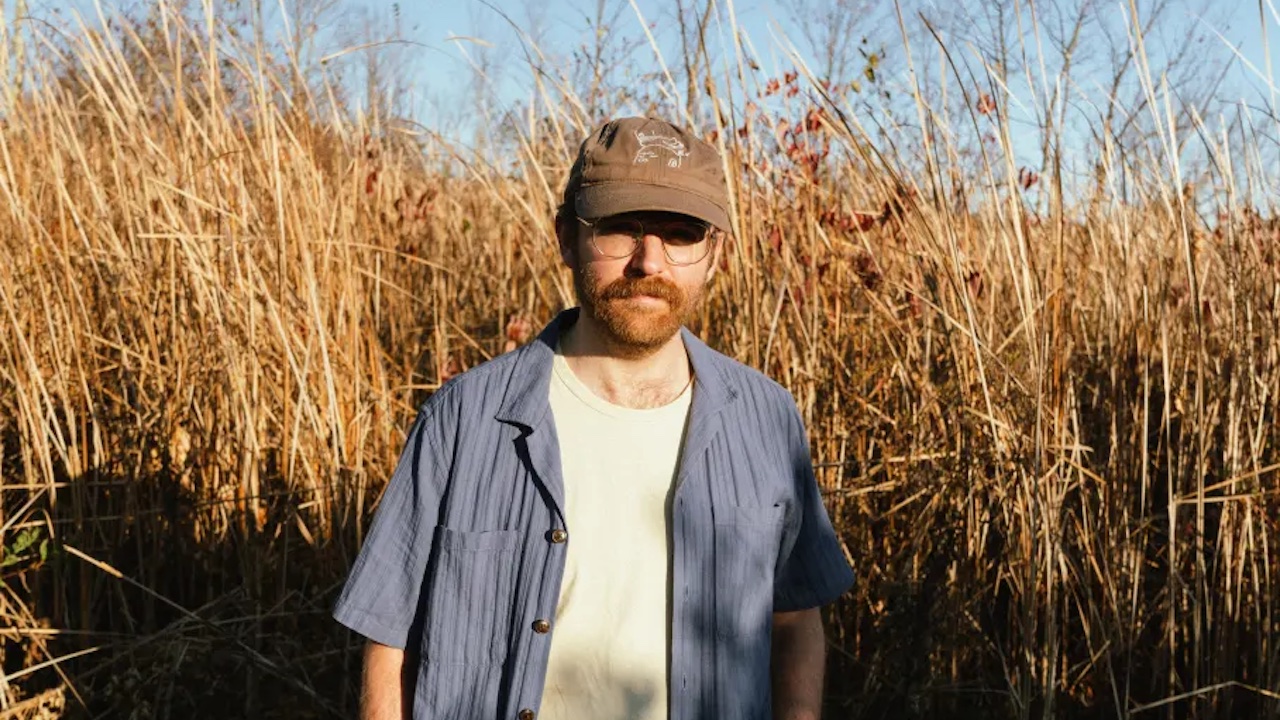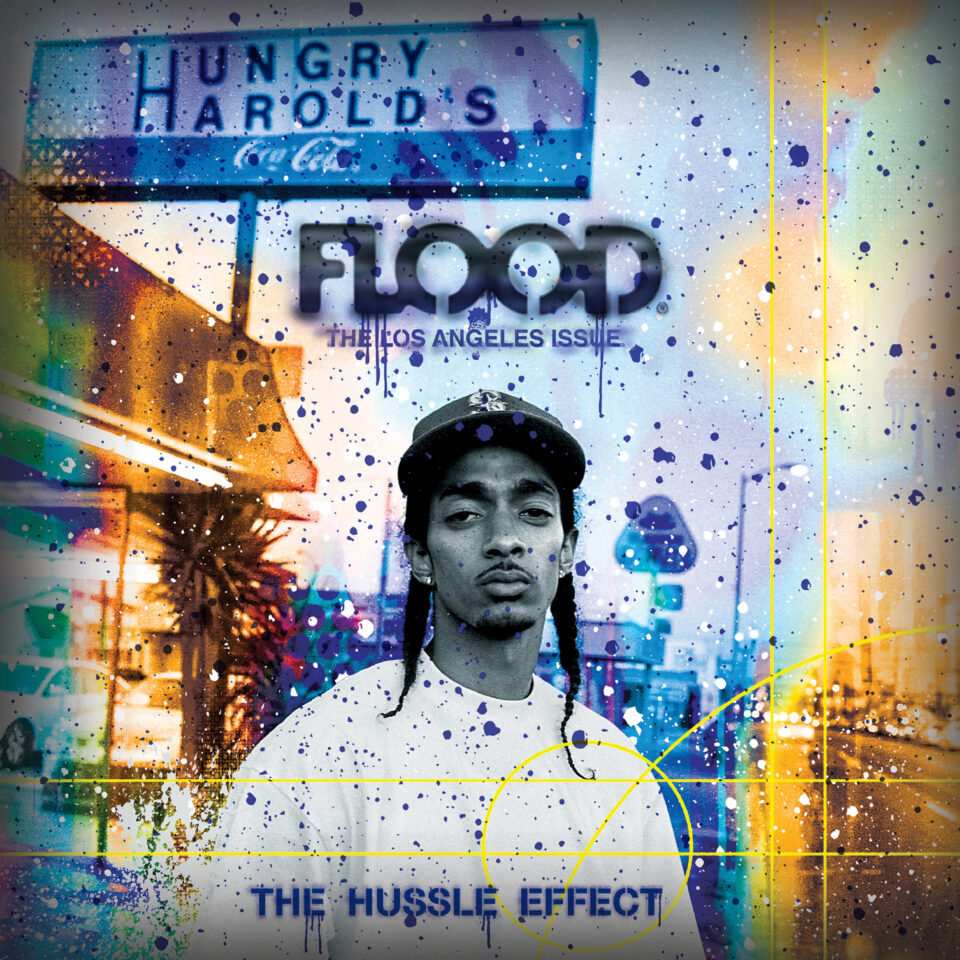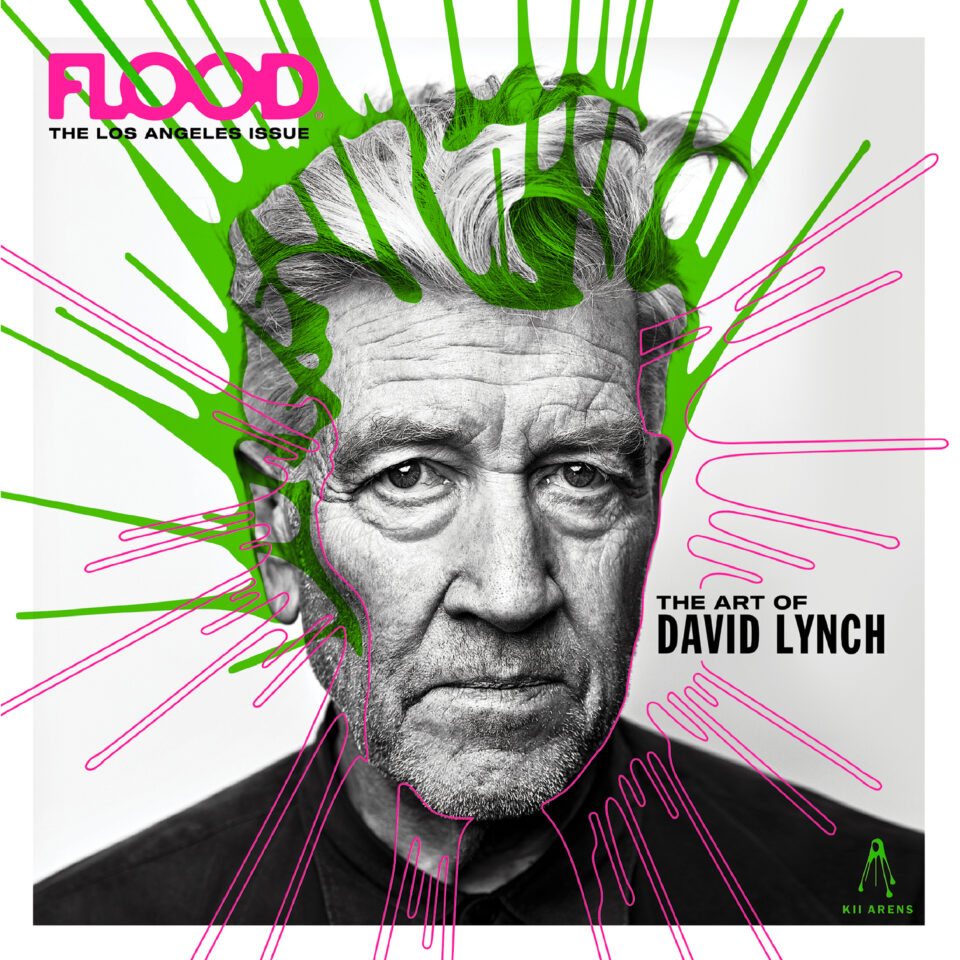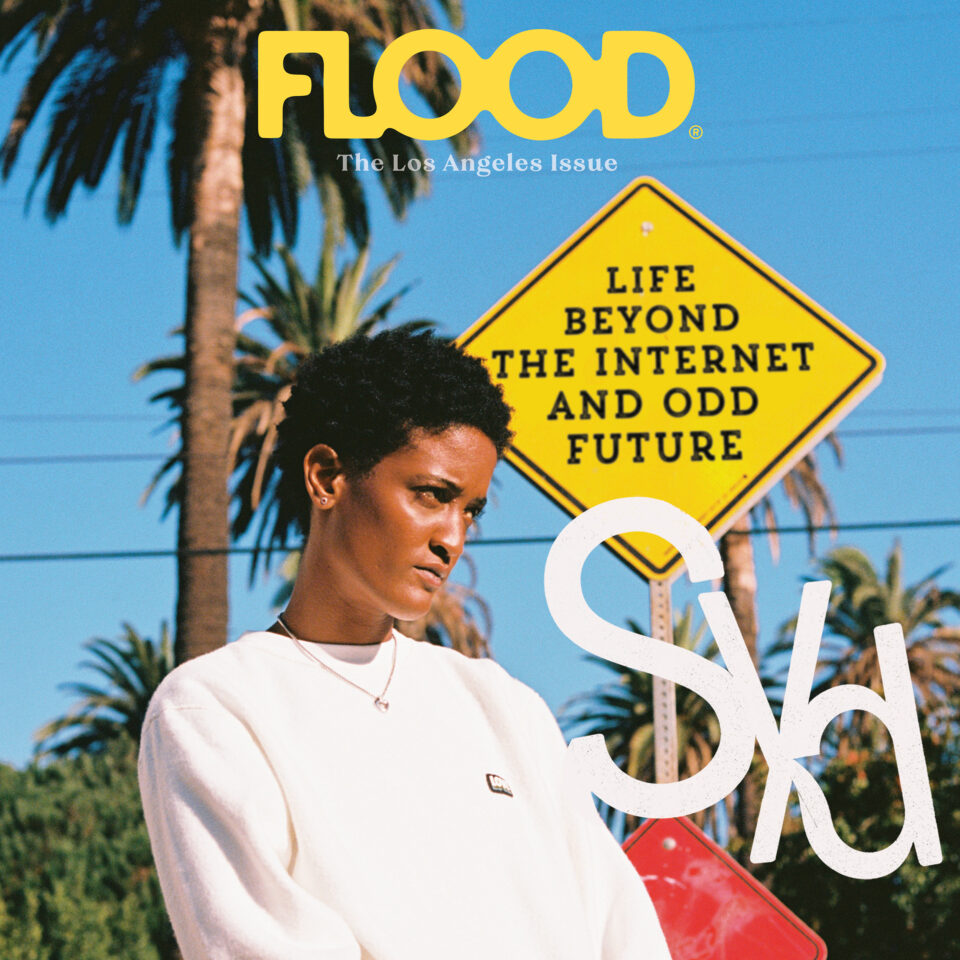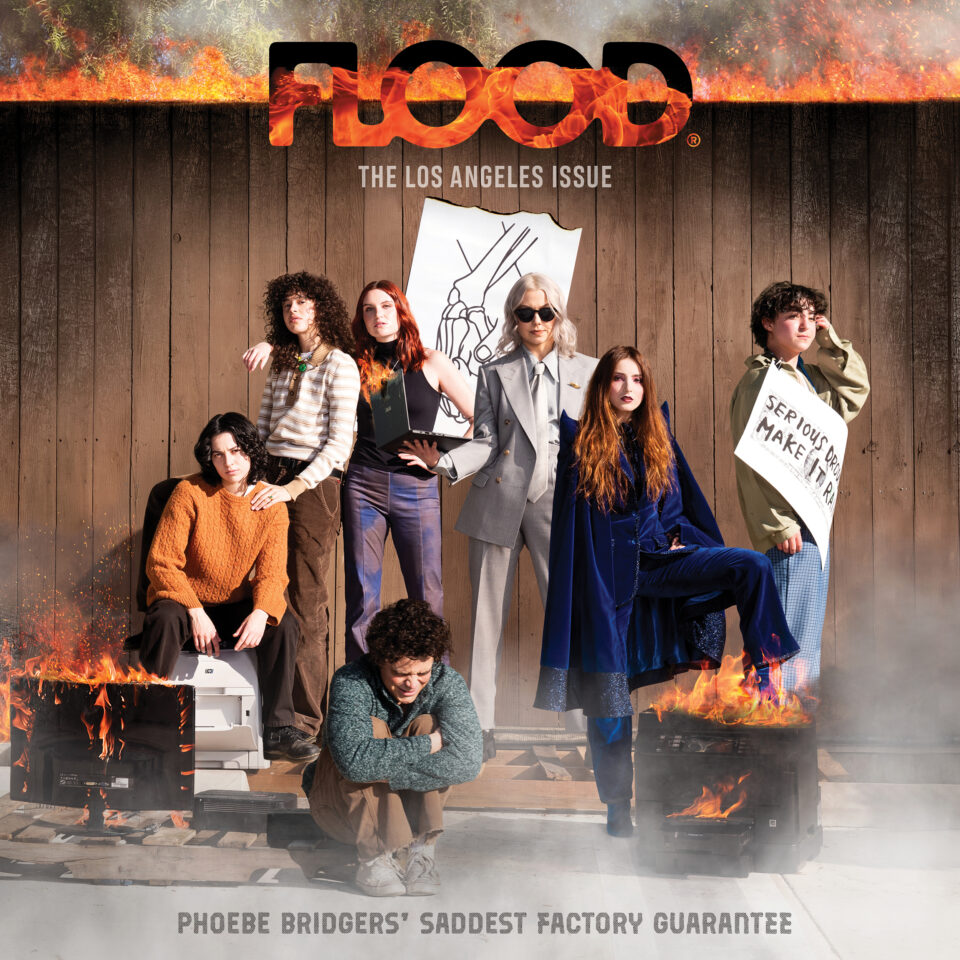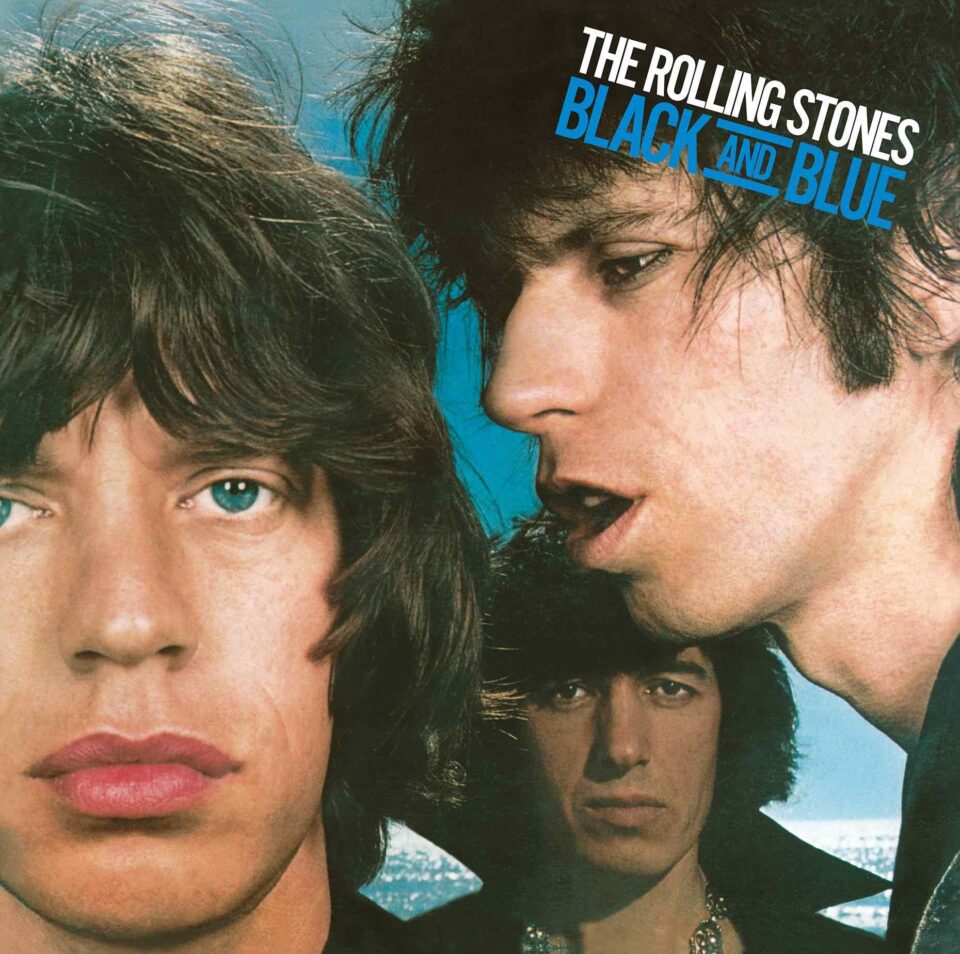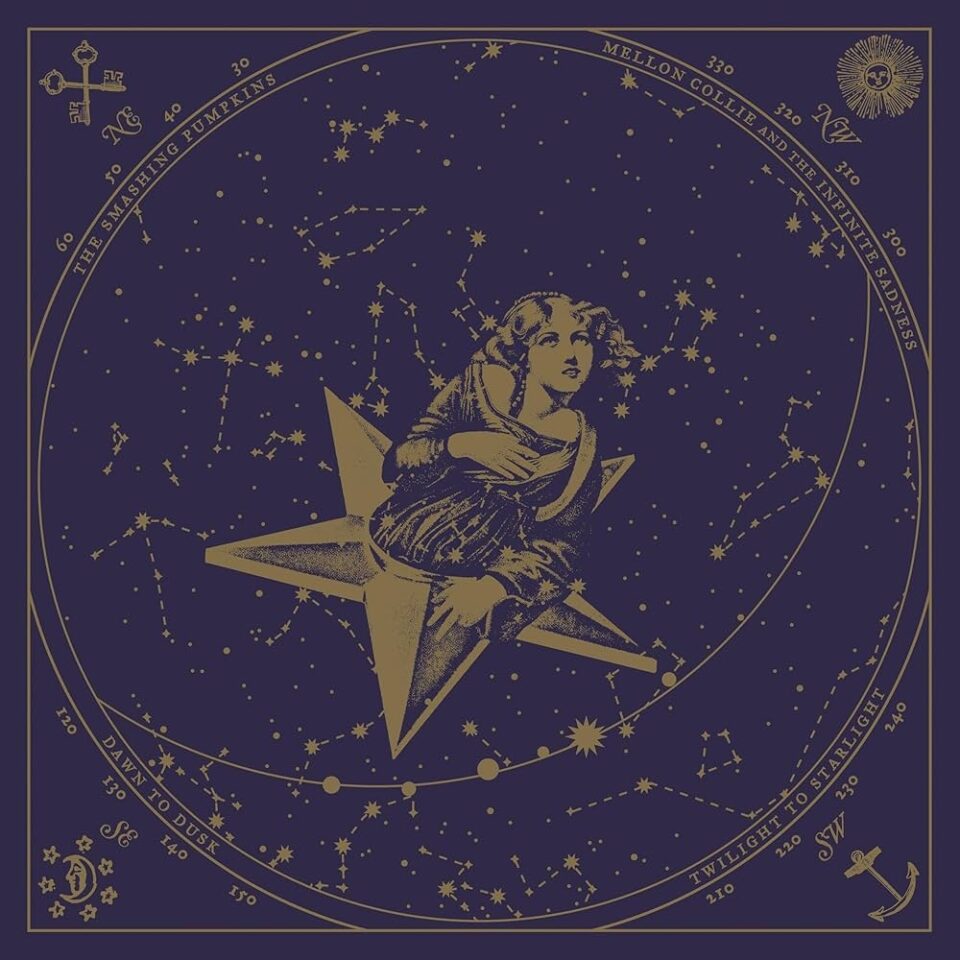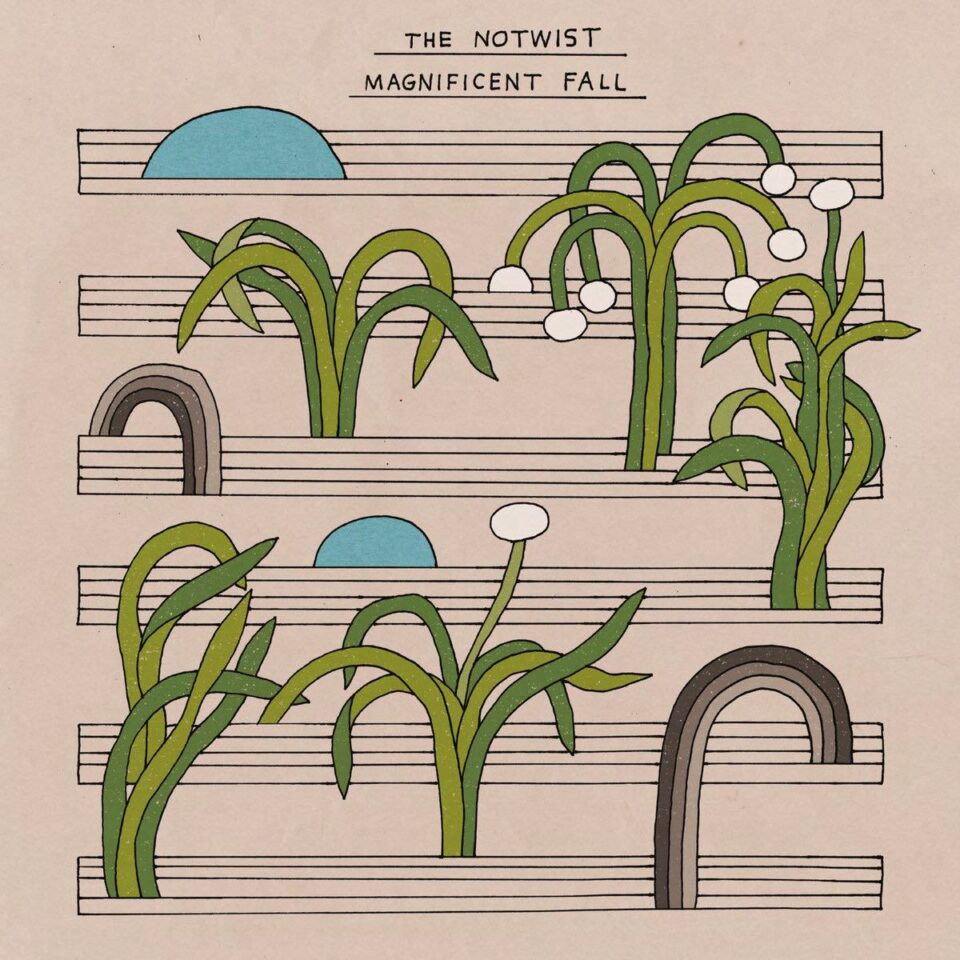I haven’t been able to get the opening lines of Will Stratton’s new album Points of Origin out of my head for weeks. “I Found You” begins with warm and slightly morose piano chords, so intimately recorded that you can hear the hammers striking the strings. Woodwinds and horns float through the room and settle in like a warm fire. Stratton sings: “I lost track of family when I was 19.” Here’s where the story begins, and Stratton keeps the narrative enticing from this moment forward.
Points of Origin is an album of short tales, a concept-ish record about storytelling and that always-shaky line between truth and fiction; how truths can be fictitious and fables can make more sense than confirmable facts. To highlight the narrative nature of the record, Stratton decided to treat his track-by-track breakdown as an extension of the project. These are fictional walkthroughs, imagined guided tours, a world within this richly layered and endlessly delightful ecosystem. To read Stratton’s interpretations of his own stories is a special treat, a testament to his power as a songwriter and purveyor of fiction.
Check out his guide to Points of Origin below.
1. “I Found You”
Charlie was considered a charity case when he lived with his uncle in a doublewide trailer on the outskirts of Dublin, California in the early ’70s, around when the anonymous narrator of “Temple Bar” would’ve known him best. Perhaps they were in a garage band together briefly, and maybe they shared an aversion to spending long October afternoons in seventh period study hall, watching the minute hand of the clock above the door wind listlessly toward freedom, and opting instead to ride out to Sunol and play pool in the bar’s back room, which was never busy before 5 o’clock. But no one ever asked about Charlie’s immediate family, or if they did, they never pressed him for any answers when they felt his reluctance flash briefly across his eyes.
If by some cockeyed chain of events they’d reconnected with him 20 years later, perhaps he would’ve told them the whole hopeless story from beginning to end. Or perhaps it would’ve tumbled out in matter-of-fact fragments, in a manner similar to the contents of this song. But Charlie left Dublin as soon as he could get out from under his uncle’s gambling problem and strike out by himself, putting together a ramshackle life driving up and down the state, keeping his dogged worries about death—his own, his brother’s—at bay by becoming an unwitting hero of his very own frontier picaresque. The words of this song occur only under license from Charlie’s memory, as the reflection of the Tinemaha Reservoir recedes further into his rearview mirror.
2. “Jesusita”
Charlie’s brother escaped, too, but for a while he ended up at the mercy of an Episcopal priest in a diocese much further inland, past Sacramento, until he just couldn’t do it anymore and hitchhiked all the way to Lake Tahoe, where he spent the better part of a winter breaking into vacant vacation houses in Tahoma and Meeks Bay, making sure to keep the lights off at night, living off of cans of stew and spaghetti during the day. There were some close calls with property managers and Jehovah’s Witnesses, but plain old snowfall was his eventual downfall, as by the sixth or seventh house the smalltown cops on his tail found his footprints easily enough, and got the warrant they needed to take him by surprise. He’d turned 17 just weeks before his sentencing, and due in no small part to his possession of a small amount of grass, found himself in a state penitentiary some 600 miles from where he grew up, less than half an hour from the border with Mexico.
Scared and alone, Charlie’s brother tried to keep to himself, which, after nine months of relative silence, led to him eating at the same table as John Leonard, an enigmatic man with a Screaming Eagle tattoo who barely anyone could get a straight word out of. But for some reason John opened up to him, and told him about a firefighting unit he could apply to with another few months of good behavior. That’s what Charlie’s brother did, and in the process of fighting fires in Chula Vista and Santa Barbara, got his sentence reduced. Upon his release, he changed his name to the name he used while on the lam, and in the process lost nearly all future connection to his family.
3. “Firewatcher”
Roger would spend his weeks sleeping under his desk in his office in Berkeley, where he’d shower at the local YMCA before teaching freshman seminar, and on the weekends he’d drive out to his parents’ house in Sunol where he’d grown up, and where he still kept a sleeping bag in his washed-out Sunfish in the backyard. In 1974, an ex-girlfriend’s involvement with the Symbionese Liberation Army led to intermittent COINTELPRO surveillance of Roger’s movements, as well as scrutiny of his PhD research, which which sought to expand on Seymour Lipset and Stein Rokkan’s development of critical juncture theory as it applied to postwar union density and worker militancy in the United States. This surveillance included wiretapping and a particularly ominous pursuit by an unmarked van, which ultimately led to Roger abruptly leaving his university post and joining the National Park Service under a false name, where he had more time on his hands to contemplate his place in the universe than he knew what to do with.
4. “Temple Bar”
There used to be a bar named after the Sunol Water Temple just down the street, and its regulars had once been a cross section of the region—ranch hands and jockeys winding down after a day at the fairgrounds; academics and back-to-the-land types drawn to a vision of an older, simpler California; Reaganite retirees, scientists, engineers, and their families carving out a suburban existence under the auspices of Lawrence Livermore National Laboratory; and all manner of drifters, bikers, and people out of time and place, chasing the dissipating fumes of community left by the collapse of the ’60s counterculture.
5. “Delta Breeze”
An aeronautical engineer who works at LLNL takes a late-night stroll along the water near his home in Antioch, the air still heavy and thick with smoke, but it’s eerily cool compared to the preceding day, and the wind has made it so that it’s safer to be breathing outside, at least. He doesn’t know what he’s doing anymore—or, at least, he doesn’t know why. His thoughts migrate to the Northeast Corridor, with its hypocrisy and obliviousness, and then back to the promises of self-reinvention that brought him west. He thinks about his time in Santa Monica, first with Douglas Aircraft, then with the RAND Corporation—what was any of it for?
6. “Red Crossed Star”
Sunol, which was once named Sunolglen, is an unincorporated area on the outskirts of the East Bay. It takes its name from Antonio Suñol, a Catalonia-born ranchero who became a pivotal figure in the history of 19th century California. In between here and the Central Valley, brown and gold hills topped with windmills flank the freeway. A supply of water for San Francisco and the entire Bay converges at this junction. Three pipelines meet via the Niles Aqueduct, topped by a neoclassical temple. Corinthian columns hold up a cistern, with an unfinished fresco on the wooden ceiling. Half-hearted art nouveau panels depict Indigenous women with sun-browned skin, dressed in loose white robes like Greeks or Romans, holding jugs and vases. The sky is a deep blue, untouched by clouds, but the creek runs dry. History here can feel monotonous and linear, like a child’s conception of the elemental procession of nature. But just as the water supply now dwindles where it once buoyantly gushed forth, history is occasionally prone to volatile reversal.
7. “Bardo or Heaven”
I wake up one morning in 2021 and go for a bike ride, which has become one of the most crucial ways I maintain my sense of self in the rolling cataclysm of the pandemic. The light is strangely matte, a film of wildfire smoke from California sweeping all the way over here before it makes its way across the Atlantic Ocean. The light makes everything look like porcelain, unreflective and unreal, including me and my reflection in the creek where I stop at a bridge, looking downward. I think about the freeways of central California, how flatly they stretch and curve from north to south, and the legions of 18-wheelers that allow trade to carry on uninterrupted, a patient on a table under constant sedation. Is this real or is this the afterlife? Or is it somewhere in between, somewhere that precedes the afterlife?
8. “Higher and Drier”
Lena knew Charlie, Roger, and Leonard back while she was still painting, dealing in large canvases containing broad planes of color, evocative of optimistic expanses of the ocean, converging with jagged peninsulae and the occasional wash of white and yellow, looking something like well-loved houseboats, the kind you might have found full of sad but seemingly carefree flower children in Sausalito circa 1968. Those were the same years that Lena got caught up in the last gasps of the Free Speech Movement, street poets and political preachers out there from two in the afternoon to two at night, self-mythologizing like they thought disciples of Ferlinghetti ought to.
She got a little carried away with the times, she liked to say, maintaining a residence on the central coast alongside her little cabin in the Kilkare Woods, as well as two personal galleries, open by appointment only, which were able to sustain her financially until 1979, when she got divorced, she sold all of her properties, pivoted to real estate, lived frugally out of a condo in Monterey, and maintained a thriving but small agency that successfully weathered the mortgage crisis in 2008, continuing up until her retirement late in the next decade.
9. “Centinela”
John Leonard eventually became something like an inmate emeritus in the state penitentiary in Imperial, befriending his guards and existing in some sort of extra-legal understanding with the prison administration, which allowed him to wander the halls at night, play his radio past curfew, and start a modestly successful business selling hand-beaded talismans inspired by a Jungian dream analysis book he bought online, which in turn allowed him enough money for whatever he wanted from the commissary. Why he had any of these privileges was anyone’s guess. All his fellow inmates knew was that his generosity as a neutral observer in the prison’s power structure made him a peacemaker by default, leading to a period of unparalleled non-aggression between the NLR and the AB, at least locally, as well as the depths of his delusions about his own power outside the prison’s walls. According to John, he was imprisoned by choice, and his achievements beyond the prison walls were metaphysical in nature, guaranteeing him a place at the hand of the god of gods.
10. “Slab City”
A retired public defender and private investigator tracks down Charlie’s brother under his new name and tells him some things he didn’t know about his and his brother’s origins, ultimately offering him a place to live off the grid while he sorts himself out after his release from prison.

